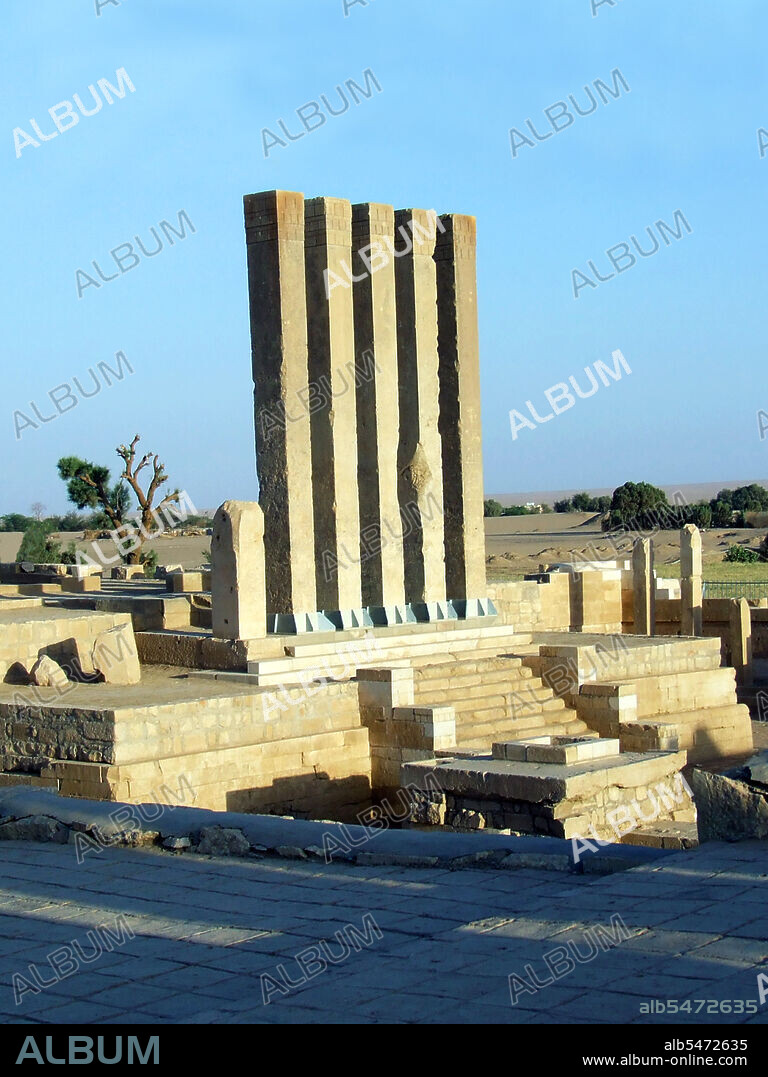alb5472635
The Temple of Awwam (Mahram Bilqis) dedicated to the Moon God Almaqah at Ma'rib, former capital of the Sabaean Kingdom, c. 7th-5th century BCE.

|
Añadir a otro lightbox |
|
Añadir a otro lightbox |



¿Ya tienes cuenta? Iniciar sesión
¿No tienes cuenta? Regístrate
Compra esta imagen

Título:
The Temple of Awwam (Mahram Bilqis) dedicated to the Moon God Almaqah at Ma'rib, former capital of the Sabaean Kingdom, c. 7th-5th century BCE.
Descripción:
Ver traducción automática
Ma'rib or Marib is the capital city of the Ma'rib Governorate, Yemen and was the capital of the Sabaean kingdom, which some scholars believe to be the ancient Sheba of biblical fame. It is located at approximately 120 kilometers east of Yemen's modern capital, Sana'a. The Sabaean kingdom was located in what is now Marib in southwestern Yemen. The Sabaean kings made their capital at Ma'rib, and built great irrigation works such as the Ma'rib dams, whose ruins are still visible. The Marib Dam supported a flourishing culture for more than a thousand years before collapsing in 575 CE. They also built castles and temples in the area, and were known for trading valuable frankincense and myrrh. They were a seafaring people and known to have influence and a population in the Northeast African kingdom of Damt, across the Red Sea in Eritrea and perhaps Ethiopia, the only other source of both frankincense and myrrh.
Crédito:
Album / Pictures From History/Universal Images Group
Autorizaciones:
Modelo: No - Propiedad: No
¿Preguntas relacionadas con los derechos?
¿Preguntas relacionadas con los derechos?
Tamaño imagen:
3563 x 4751 px | 48.4 MB
Tamaño impresión:
30.2 x 40.2 cm | 11.9 x 15.8 in (300 dpi)
 Pinterest
Pinterest Twitter
Twitter Facebook
Facebook Copiar enlace
Copiar enlace Email
Email
